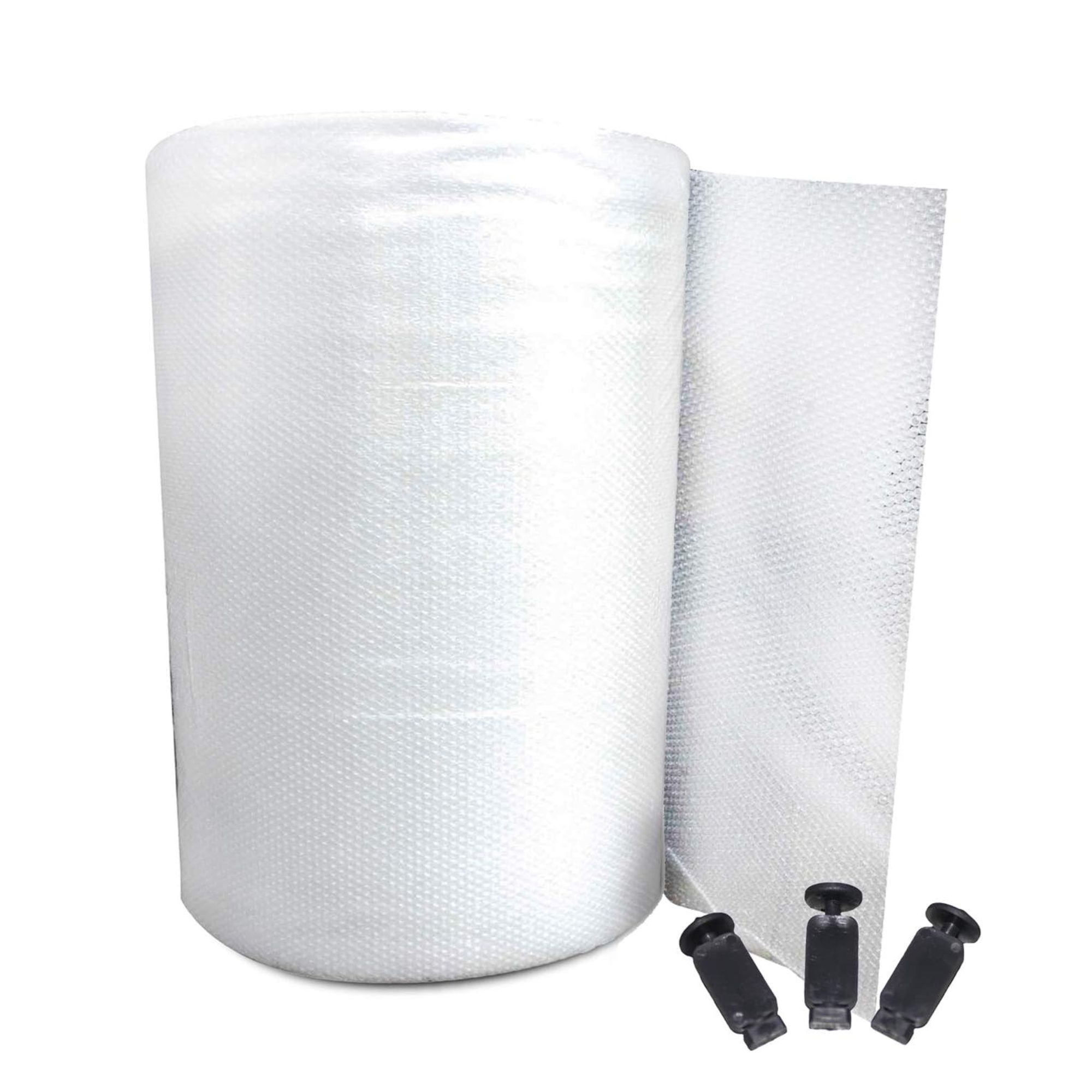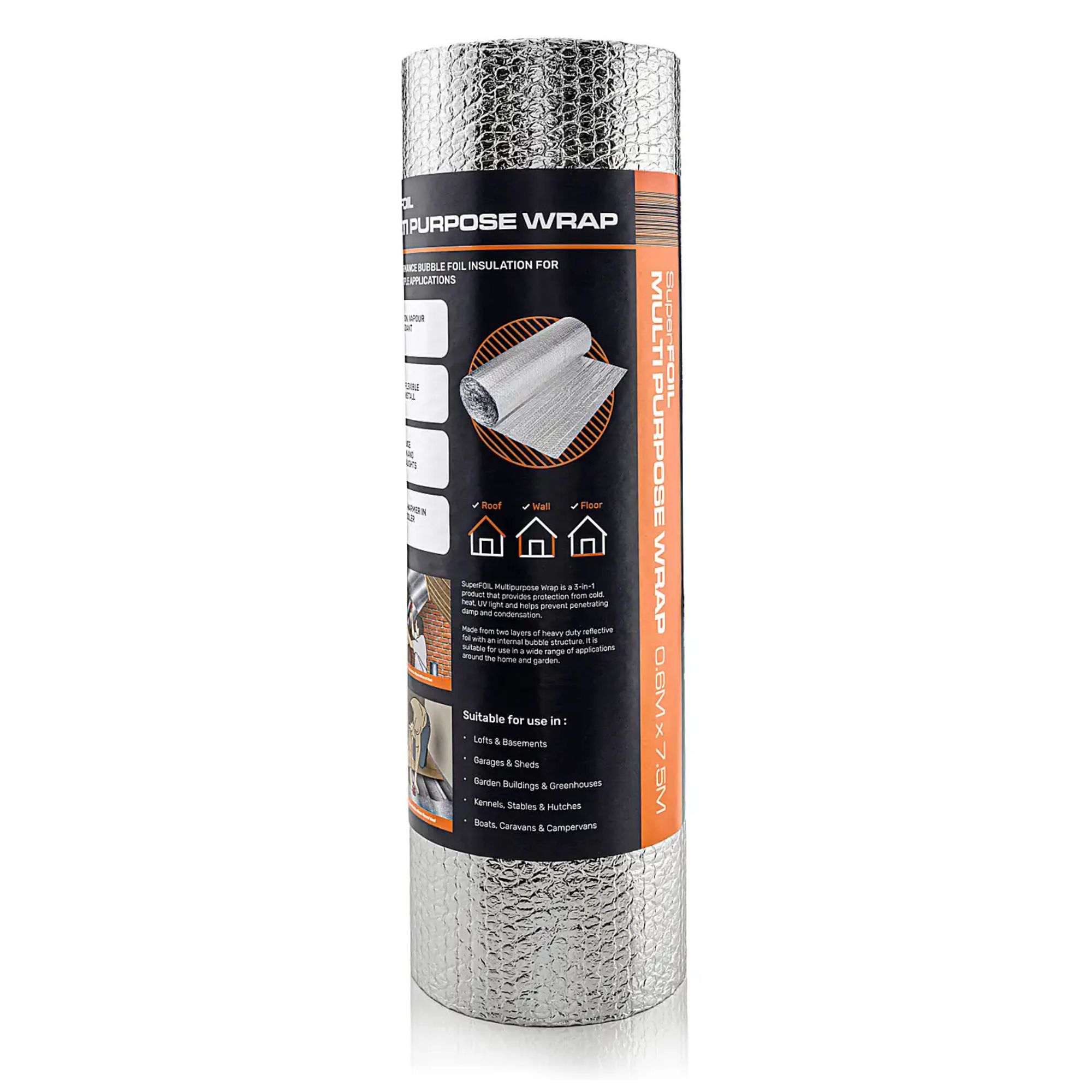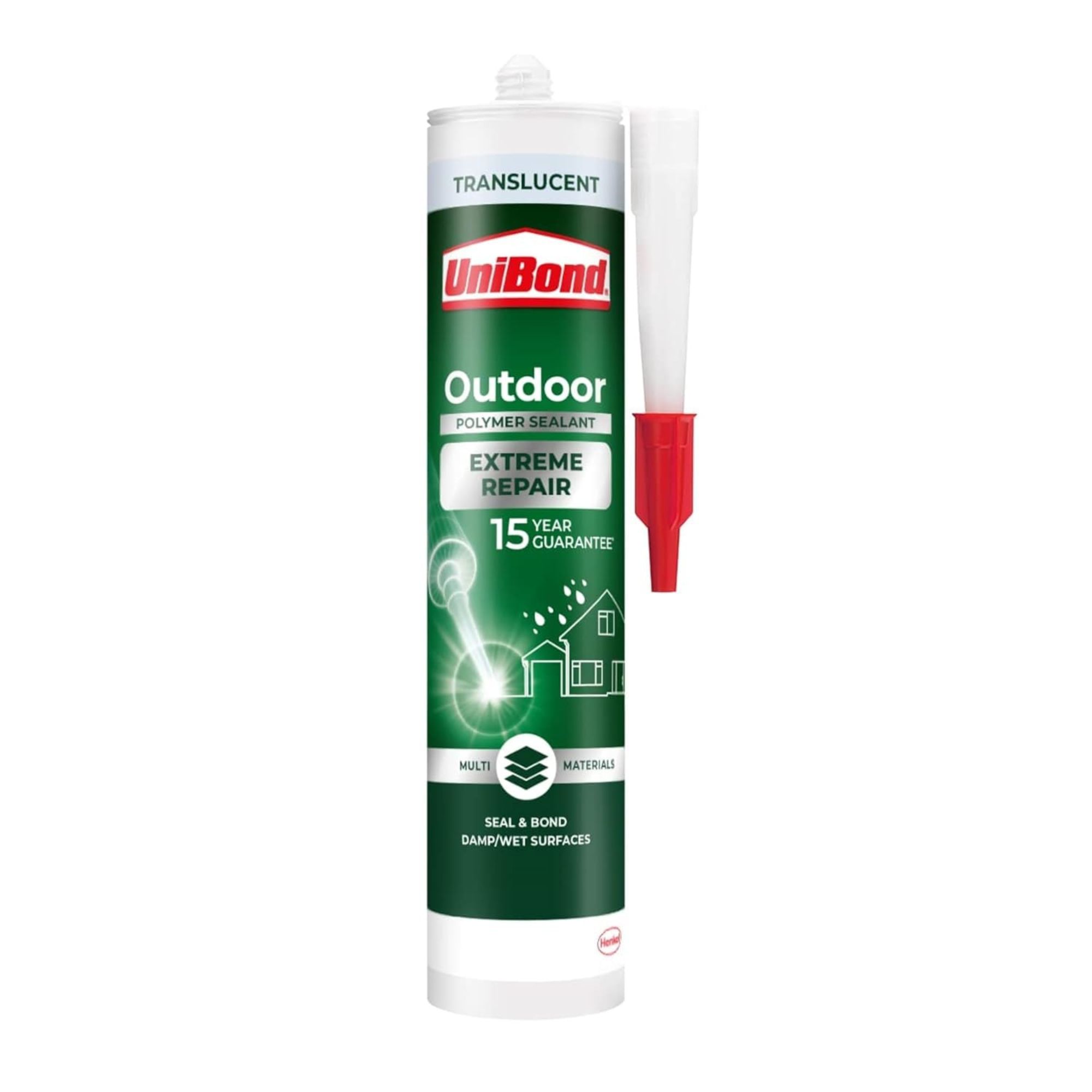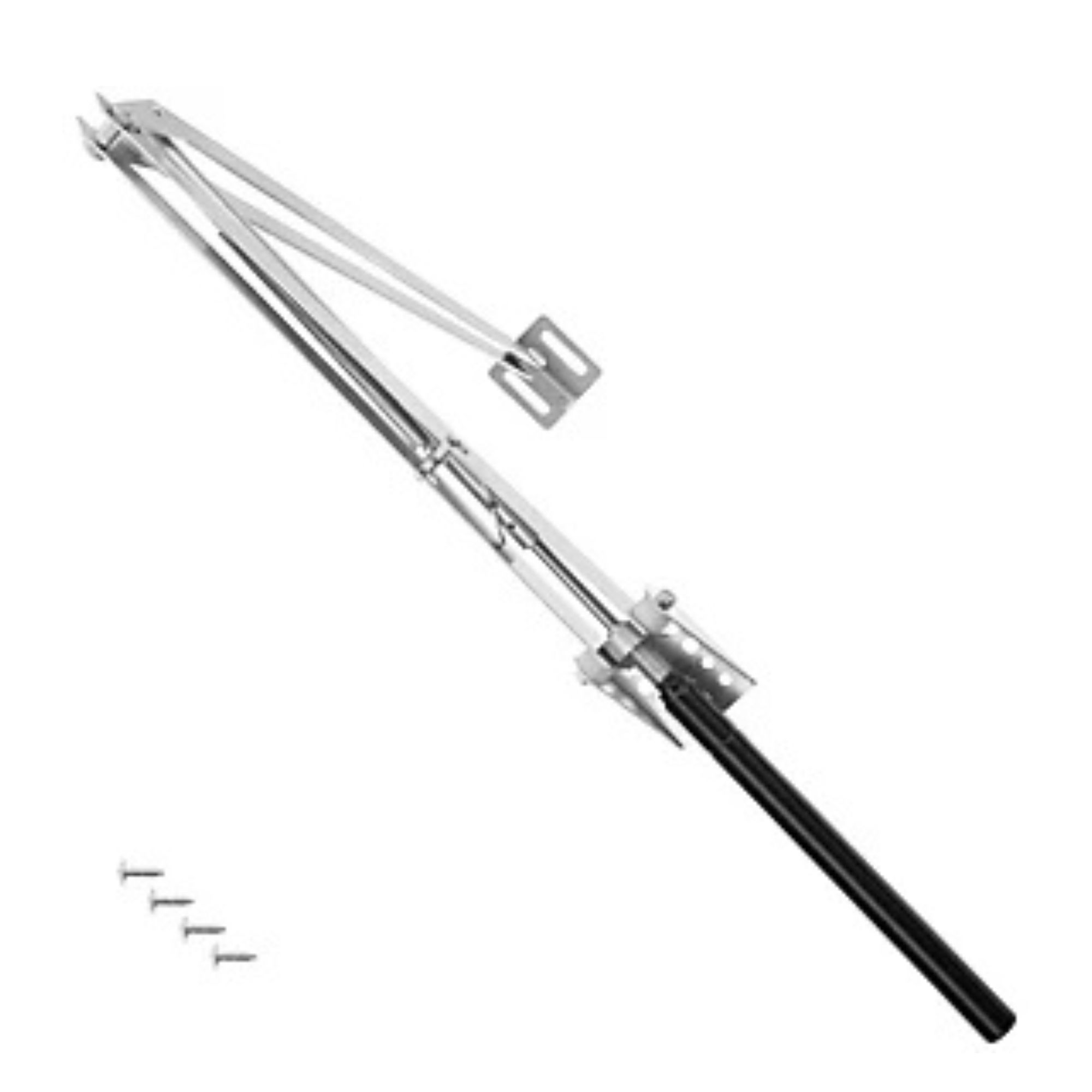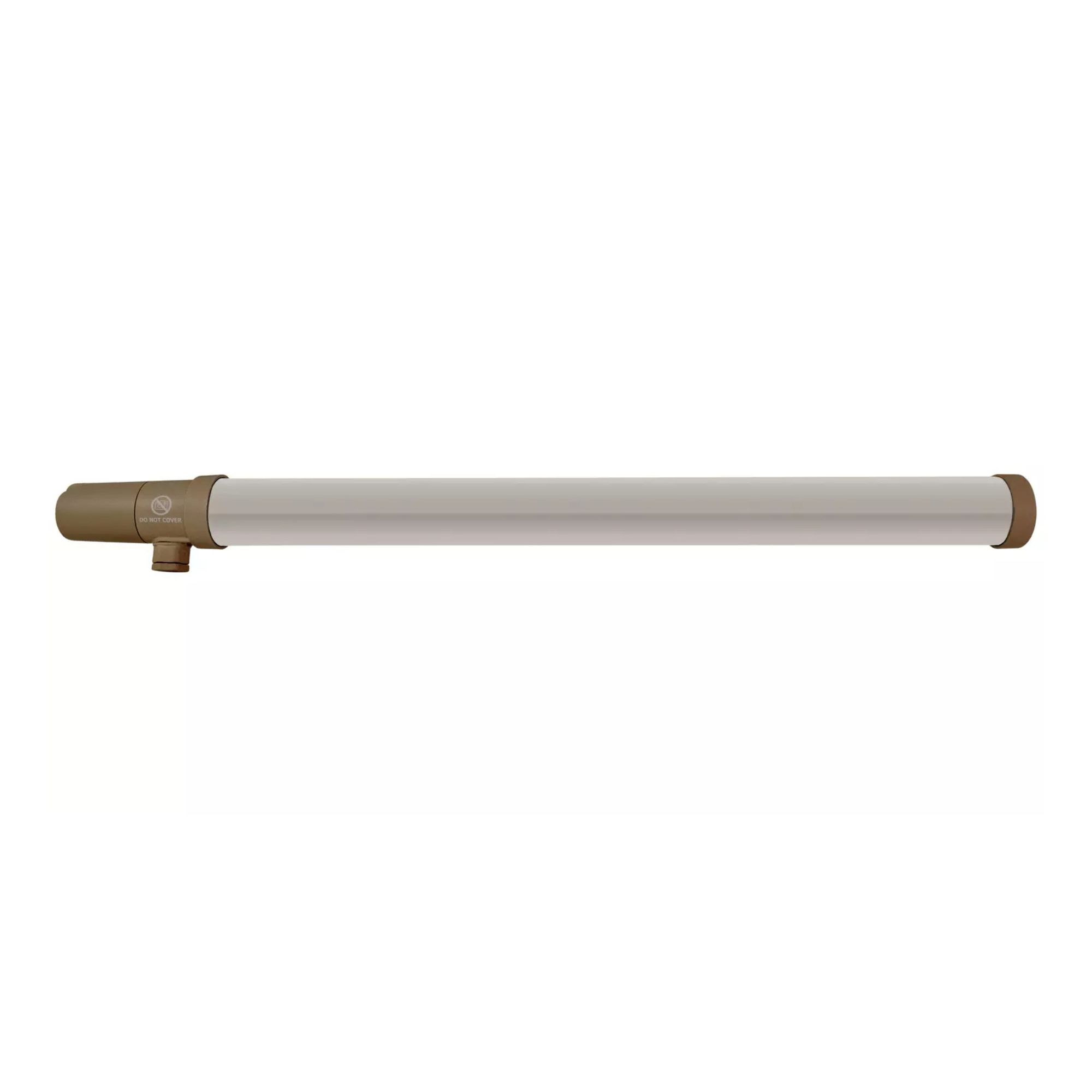Is it worth insulating a greenhouse? This is why experts urge gardeners to add an extra layer of warmth to their growing space this winter
This is how to insulate a greenhouse in 5 easy steps

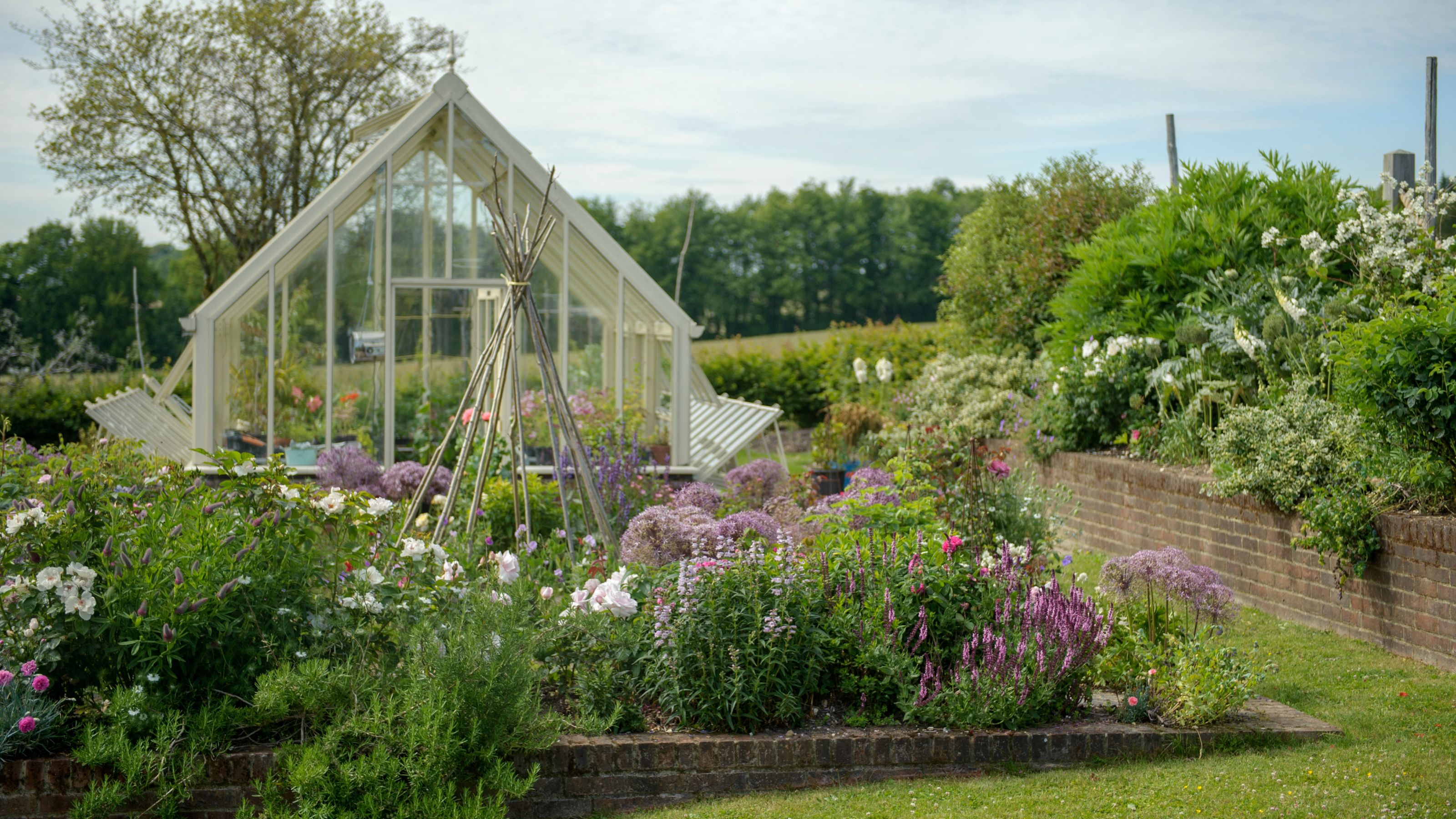
A greenhouse is a hugely practical addition to any garden - especially over the colder, frostier months. This glass house can provide much-needed protection for tender plants and bulbs and keep them out of freezing temperatures. But is it worth insulating a greenhouse?
Although there are many greenhouse ideas out there, the reality is that greenhouses are often made entirely from single-pane glass, which doesn’t offer much in the way of insulation. And while greenhouses can offer a barrier from the wind and rain, the cold temperatures can still make their way inside and ruin your garden in the process.
That’s why we asked the experts whether it’s worth insulating a greenhouse or whether this is a task you can skip. The bad news? Experts advise that you add this to your to-do list ASAP. The good news? There are so many reasons why insulating a greenhouse will change your garden game.
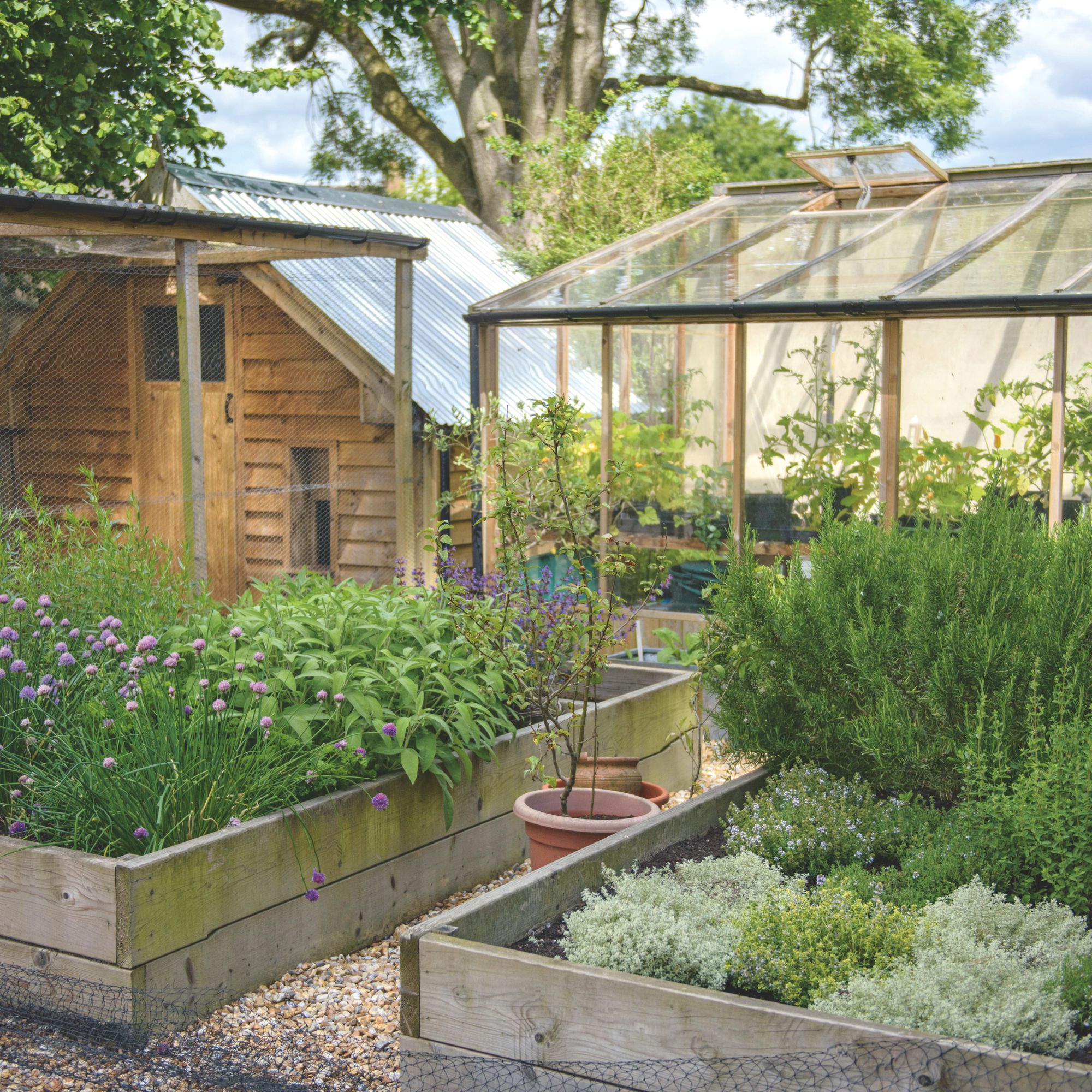
Is it worth insulating a greenhouse?
While insulating a greenhouse isn’t a necessity for those who don’t plan on overwintering their plants or storing their bulbs during the colder months, it’s well worth it if you want to make the most of this extra growing and storage space in your garden.
Simon Wilkinson, from landscaping firm Wilkinsons Landscapes, says, ‘Insulating a greenhouse is definitely worth the effort for keen gardeners, and lets you extend your growing season and protect delicate plants from the cold.’
After all, it’s incredibly important to protect your plants from frost (especially as it’s virtually impossible to revive a plant that’s been exposed to extreme frost), and an uninsulated greenhouse probably can’t offer that protection.
A greenhouse that has been decked out in the proper insulation, however, can ‘protect tropical and sensitive plants from cold and harsh winter conditions,’ according to Laura Bamborough at GardenBuildingsDirect.co.uk.
Sign up to our newsletter for style inspiration, real homes, project and garden advice and shopping know-how
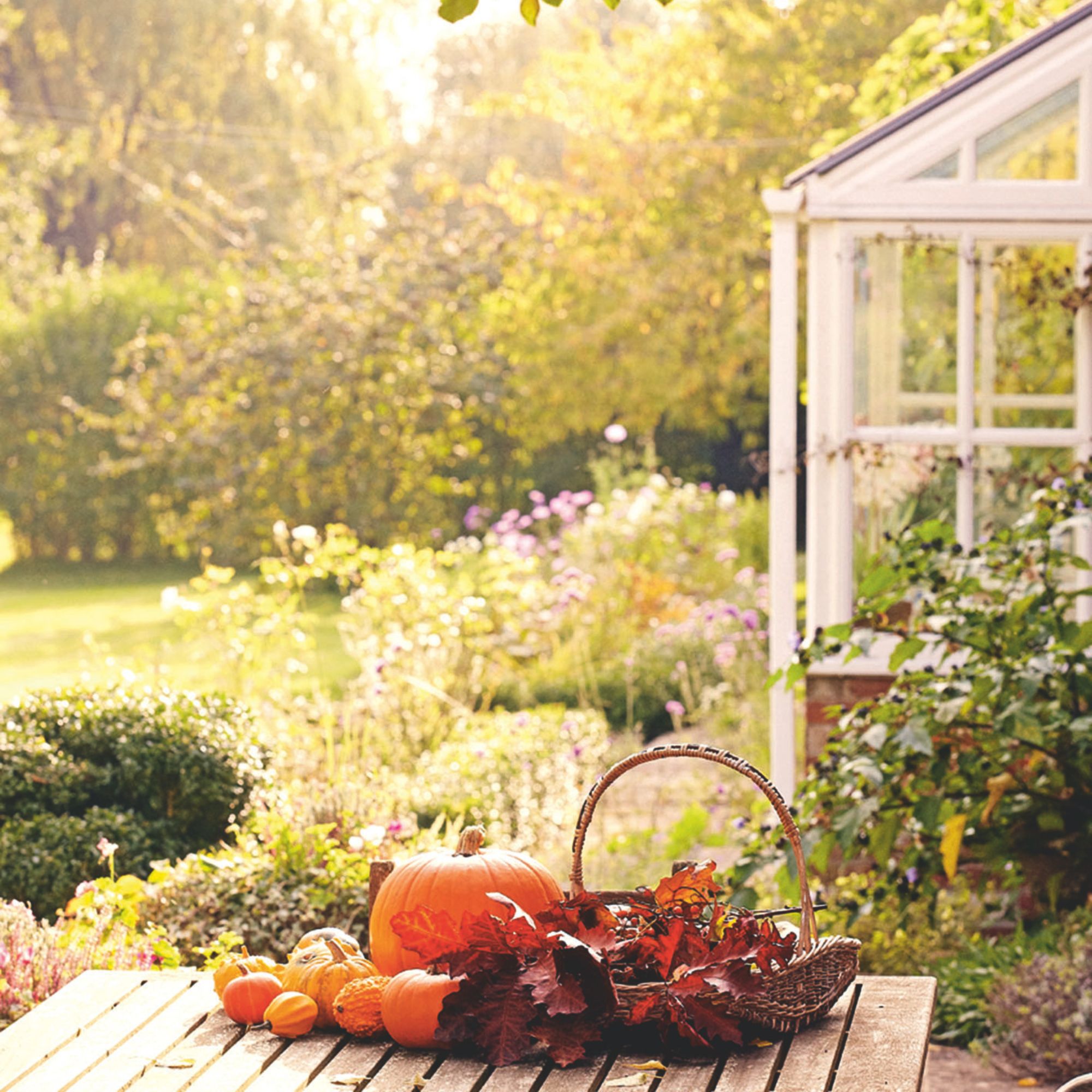
How to insulate a greenhouse
1. Measure your greenhouse
Most greenhouse insulation comes in rolls or panels, and it can be easy to overorder and waste your hard-earned money. So, before you buy anything, make sure you measure your garden structure.
When insulating a greenhouse, you ideally want to insulate every part of it - from the sides to the roof and the stop ends.
Then, buy a little more than that, as it’s always good to have some spare in case you make a mistake or need to add some more later down the line.
2. Choose your material wisely
While you might assume that insulating a greenhouse is expensive and requires specific materials, the reality is that you can simply use normal bubble wrap for this task.
Simon says, ‘Bubble wrap is an excellent choice for greenhouse insulation. It's affordable, easy to install, and provides good thermal protection - just make sure to secure it well to prevent any gaps where heat could escape. You can buy clips which fit into your greenhouse’s frame, or you can build a string frame to hang it from with garden wire or twine.’
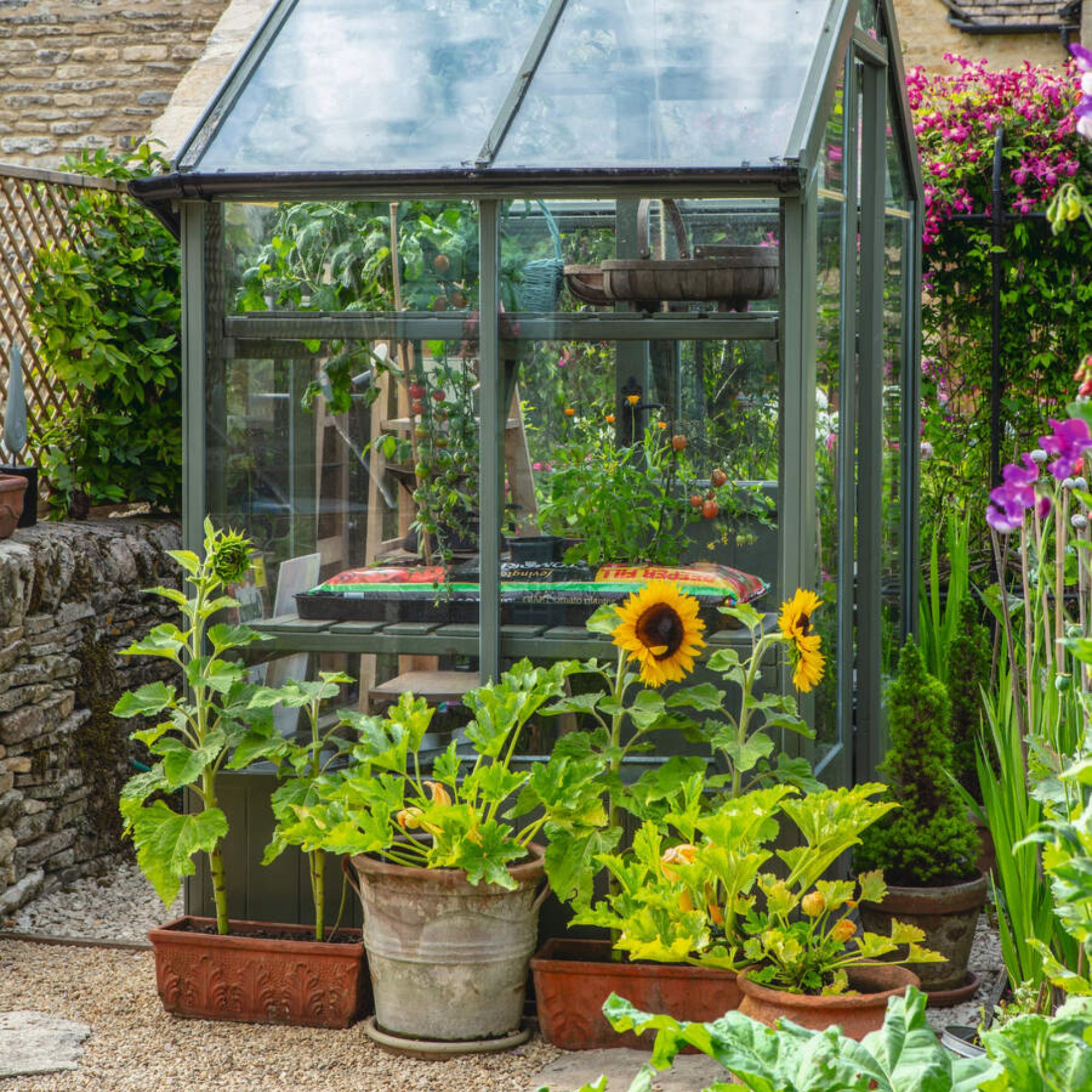
Bubble wrap isn’t the only option, though. And if you’re looking for something a little more aesthetic (and have a little more money to spend), Laura has offered a couple of other options to consider.
She explains, ‘There are more expensive methods of insulation you can use, such as thermal blankets which can be hung inside the greenhouse at night to trap heat inside, or you can purchase insulation panels which come in various thicknesses and materials - these are the best option for insulation but also the most expensive.’
So, find the material that works for your greenhouse and your budget before moving on to the next step.
3. Seal all of the gaps
When insulating a greenhouse, you should start affixing the insulation on the sides first before moving onto the roof and the windows. You just need to make sure that you cut the insulation around the windows, doors, and vents so they can still be opened and closed during the winter.
Then, Laura says you can focus on sealing the smaller gaps. She says, ‘Be sure to seal any gaps around windows and doors to prevent heat loss, this can be done with a silicone sealant.’
4. Remember that ventilation is key

Although the previous steps are what you need to take to install the insulation, there are a few things you need to do to maintain it once the insulation is in place.
Laura says, ‘Whilst insulation is important, also make sure to allow for good ventilation to avoid any buildup of moisture causing mould or diseases. On slightly milder days, open the doors to your greenhouse to allow airflow.’
Greenhouse ventilation is even more important during the winter months, as the insulation can lead to a build-up of condensation, which can result in powdery mildew on plants. And if you don’t open the windows to let this moisture out, the plants you’ve insulated your greenhouse to protect may die as a result.
5. If needed, take extra precautions
If temperatures dip to the extremes and you find that your greenhouse insulation isn’t cutting it, you can take extra precautions to protect your plants over winter.
Sean Lade, founder of Easy Garden Irrigation, says, ‘In very cold regions, safeguard your greenhouse with heating essentials such as a greenhouse heater, heat mats, or heat cables to avoid freezing temperatures for long periods of time. Ensure temperature stability by employing a trusty thermostat tailored to the needs of your winter crops. With these measures in place, your greenhouse will be a warm and nurturing haven for your plants, no matter how chilly it gets outside.’
Of course, this is an extra cost and requires extra installation, so this is more for seasoned, all-year growers rather than hobbyists. But you can pick up greenhouse heaters for an affordable price if you just want to try it out.
FAQs
Should a greenhouse be airtight?
Yes, but there are some caveats to this. First and foremost, you need to keep the wind out to use your greenhouse to protect your plants and crops over winter. So, you must make it as airtight as possible by keeping the doors closed and sealing any gaps.
However, ventilation is key when using a greenhouse. You need to ensure that you’re allowing fresh airflow to enter the greenhouse regularly, so you must continue opening and closing the windows and doors. This will prevent condensation build-up, which can lead to disease.
What happens if greenhouse gets too cold?
If you’re using a greenhouse to keep your plants safe and covered over winter, the cold temperatures can lead to the spread of disease, stunted growth, and even permanent frost damage.
When this happens, there’s a high chance that the plants won’t recover, and your efforts to protect them over the colder months will be worthless. So, it’s well worth insulating your greenhouse if you can.
This can also protect the greenhouse itself, as the metalwork and mechanisms within the greenhouse may freeze and break if it gets too cold.

Lauren Bradbury has been the Content Editor for the House Manual section since January 2025 but worked with the team as a freelancer for a year and a half before that. She graduated with a Bachelor’s degree in English and Creative Writing from the University of Chichester in 2016. Then, she dipped her toe into the world of content writing, primarily focusing on home content. After years of agency work, she decided to take the plunge and become a full-time freelancer for online publications, including Real Homes and Ideal Home, before taking on this permanent role. Now, she spends her days searching for the best decluttering and cleaning hacks and creating handy how-to guides for homeowners and renters alike, as well as testing vacuums as part of her role as the Ideal Home Certified Expert in Training on Vacuums, having spent over 110 hours testing different vacuum models to date!

